Lewis | William Henry
- First names
William Henry
- Age
34
- Date of birth
23-01-1910
- Date of death
15-10-1944
- Service number
5726309
- Rank
Lance Corporal
- Regiment
Royal Ulster Rifles, 2nd Bn.
- Grave number
IV. D.7.

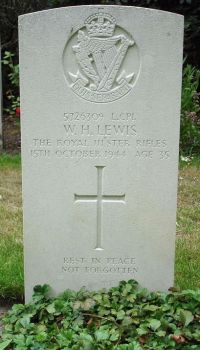
Biography
William Henry Lewis was killed in action on 15 October 1944 in the vicinity of Overloon. He was aged 34 at the time. He was a Lance Corporal in the 2nd Battalion of the Royal Ulster Rifles (Service No. 5726309). He was initially buried at Cemetery Helderse Bossen, Overloon and re-interred on 29 May 1947 in grave IV. D. 7. in the Overloon CWG Cemetery. The inscription on his grave reads: “Rest in peace not forgotten.”
Military Career
William was attested for the Army on 6/2/1939 and was mobilised on 8/2/1940. At the time of his attestment he was working as a Kitchen Porter. He expressed a wish to join the Dorset Regiment but was initially enlisted in the Queen’s Royal Regiment (West Surrey). He seems to have transferred into the 2nd Battalion of the Royal Ulster Rifles on 30/8/1943.
This battalion took part in the D-Day landings in June 1944 and fought in the Battle of Normandy, specifically in Operation Charnwood where they were the first British troops to enter the city of Caen, which had previously seen bitter fighting in the British attempt to capture it.
From mid July until mid September they remained in France, alternating between spells of fighting and spells of rest and training. However, while at Troarn in France on 27 July, it was reported that shelling in the early morning had caused four casualties. A Casualty Report indicated that Rifleman W. Lewis of the Royal Ulster Rifles had been wounded but was remaining at duty. He will have been promoted to Lance Corporal at some point after this time.
On 16 September they made the long journey from their last base in France at Hacqueville to Naast near Soignes in Belgium. The War Diary states that “from Albert to Mons people lined the streets of the towns giving us a very warm welcome and presented us with fruit. In some places the crowds which congregated made it rather difficult for the convoy to get through”. They moved on a further 112 miles the following day to Kolis near Lille St Hubert. Again “cheering crowds welcomed us in every town and village, presenting us with coffee and more fruit.”
On 18 and 19 September the Battalion was involved in extending and solidifying the bridgehead over the Escaut Canal which had already been made by 50 Division.
On 21 September, they crossed from Belgium into the Netherlands at Maarheeze, where they rested until the 24th before moving on to Deurne on the 15th, Bakel on the 29th, Beers on 1 October and then Cuijk on 2 October. They remained in the vicinity of Cuijk until 11 October, experiencing some shelling but also undertaking training and relaxation. The War Diary reports that “The Battalion football team played a local Eleven at Beers, our team gaining an easy victory by 5 goals to 1. The game was watched by a large number of spectators & the Band was loudly applauded when they played during the interval & after the game.” During this period there was much mention of rain and wind.
Read here the detailed story about 8 october 1944, the day of the match, told after the war by the son of Sergeant Reginald Hammersley who played along and survived the war himself.
On 12 October, the Battalion moved about 10 miles south of Cuijk to Haps, St Hubert and Wanroij to near St Anthonis. It was decided that the 3rd British Infantry Division, of which the Battalion was a part, would clear the area of woody country as far as Venray and possibly further. The role of the Battalion was to lead the Brigade with the intention of capturing & clearing the large wood to the south west of Overloon. The following day they therefore marched from St Anthonis southwards and the initiative started at 0900 hrs. They had a few casualties crossing the open ground but had more cover once in the wood. However, the wood presented its own problems as it varied in thickness, tracks through it were soft and sandy and the tracks and woods on the map bore little relation to tracks and woods on the ground. Most of the enemy had, however, left the wood and they reached their intended position by 1800 hrs. Tanks had been unable to help as they could not follow the infantry through the wood. Indeed, no vehicles could reach the forward companies because tracks had not been cleared of mines so food, water, blankets & greatcoats had to manhandled up to the company positions by relays of working parties. They also had to dig in – so little sleep was had that night. Casualties during the day had not been heavy and these few were caused principally by mortar fire.
On 14 October, the Battalion stayed in position while the 2 Lincolns passed through and carried out an attack on woods 500yds to the south. Much of the day was spent pulling trucks out of the sand which had been bogged on the move of the previous evening. The forward Companies were able to return in small numbers at a time to the furthest point that the transport could reach which saved manhandling the food forward.
Under cover of darkness that night A&C Companies moved down the wood to assist the Lincolns in holding it during the night & following day. Unfortunately just as A coy were entering this wood a dead salvo from a Nebelwerfer landed right amongst them. It killed 2 men and wounded 10 more.
The Battalion remained in the same positions the following day, 15 October, until after dark. All Companies’ positions were shelled and mortared during the day. After dark Battalion HQ & the remaining Companies moved down to positions in the Lincolns’ wood and dug in for the night. It was on this day that William Henry Lewis was killed in action.
A battalion history gives the following account of his death: “Served in D Company and was fatally wounded by shrapnel on Sunday, 15 October 1944 at Overloon; he was 35 years old. The son of Alfred and Louisa Walton Lewis of Bermondsey, London. He is buried in Overloon War Cemetery, grave IV.D.7.”
Family Background
William Henry Lewis was the son of William Henry Lewis and Louisa Dennis who married in Bermondsey, London in 1909. William (Snr) and Louisa were both born in 1885 in Bermondsey. They had five children as follows, all born in Bermondsey: William Henry on 23/1/1910, Louisa in 1911, Susannah in 1912, James on 21/1/1914 and Alfred in 1915, though Alfred died shortly after birth.
In 1911 William and Louisa were living at 66 Leroy Street, Bermondsey with their first two children, William and Louisa. William (Snr) was working as a painter’s labourer.
However, William Henry Lewis (Snr) was killed in action on 10/6/1916 in France or Flanders while serving with the 6th Battalion of the Bedfordshire Regiment and is commemorated on the Thiepval Memorial in France. All four surviving children were mentioned on his military record. They were all under 7 at the time of his death. Many papers relating to his death, the letter of condolence from the King, his medals and his WW1 Memorial Death Plaque are still held by his wife’s descendants.
By June 1921 Louisa was living at 84, Leroy Street. She was working as a Factory Hand for E Lazenby & Son Potted Meat Manufacturers. Her four surviving children were with her. Her widowed mother, Louisa Dennis aged 63 was living with her and they had a 34 year old married female visitor called Susan Andrews with them at the time.
Louisa Lewis went on to marry Alfred W Walton in late1921 in Southwark.
Alfred W Walton was the son of William and Sophia Caroline Walton. In June 1921 he was single and living with his parents at 53, Ladywell Park, Lewisham. He was born on 23/4/1889 in Brockley, London and was working as a Painter & Decorator for Messrs H & J Taylor, Builder & Decorators etc.
Louisa went on to have three more children with Alfred, all again in Bermondsey: Alfred on 5/2/1924, Annie L on 14/6/1925 and Arthur J Walton in 1927. However, Arthur died in 1928.
It is thought that Louisa’s daughters by her first marriage married in the 1930s. Louisa (Jnr) married William Shenstone in 1933 in Southwark and Susannah married Charels H Parker in 1936 in Deptford.
By September 1939, Alfred and Louisa Walton were living at 25 Allotments, Dermody Road, Lewisham. Alfred was now working as a Builder & Handy Man but was unemployed at the time. However, it would appear that four of Louisa’s children: William and James Lewis and Alfred and Annie Walton (Jnr), were living at 64 Crosby Row, Bermondsey in the household of Alfred and Annie Walton. William Lewis was working as a Shop Porter, James Lewis was working as a Carpenter and Annie Walton was working as a Needle Worker. The relationship between this Alfred Walton and Alfred W Walton is not known. This Alfred Walton was born on 24/11/1888 so just a few months older than Alfred W Walton. He was working as a Carman, or delivery driver. Annie Walton was born on 21/4/1886.
Sadly, William Henry Lewis died on 15/10/1944 near Overloon. In his will which he wrote on 10/6/1944 he left his mother, Mrs L. Walton of 25 Major Road, Bermondsey all his property and effects.
In WW2 his brother James Lewis served in the Royal Artillery and his half brother, Alfred Walton, served in the Royal Navy, with both surviving the war.
Louisa Walton’s husband, Alfred Walton, died in 1967 in Lewisham. Louisa herself died on 3/3/1974 in Braintree, Essex.

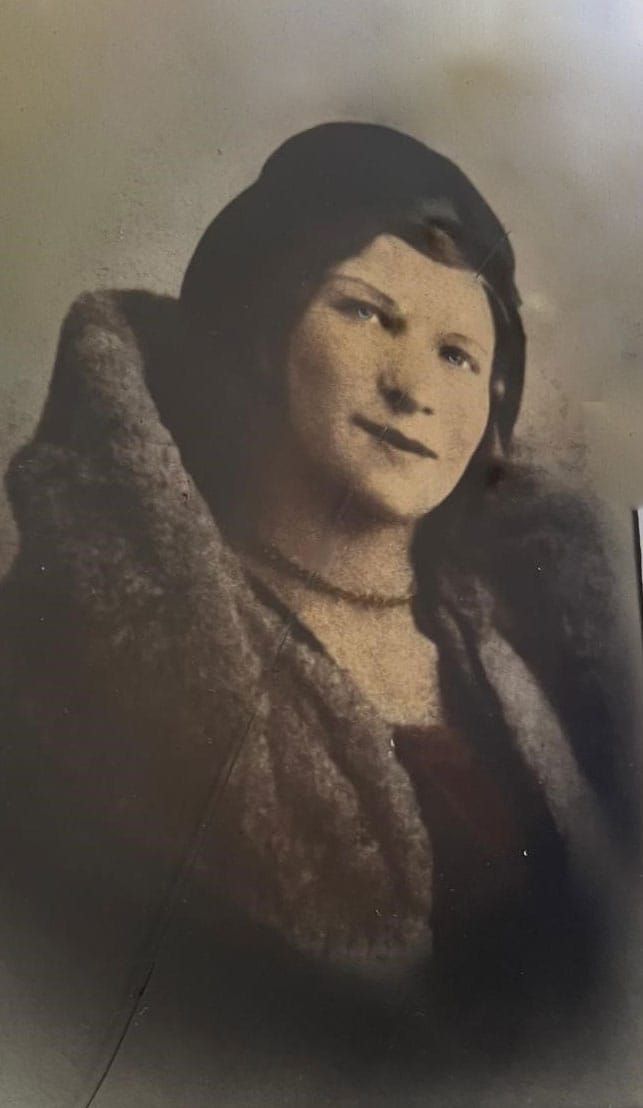
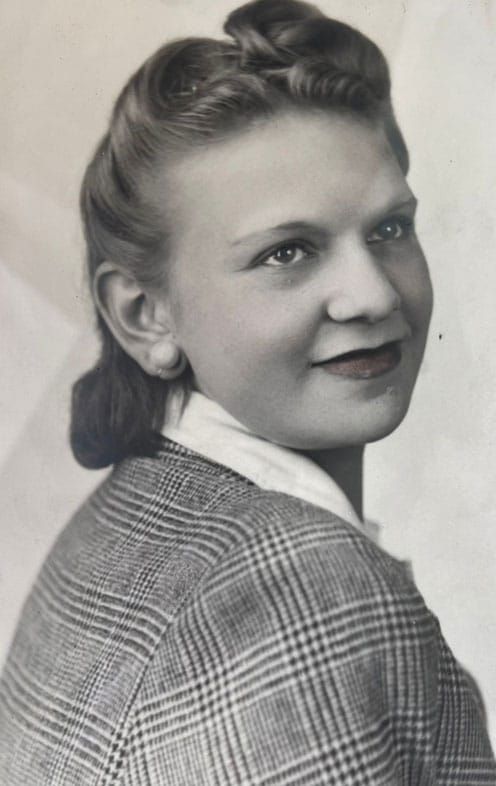
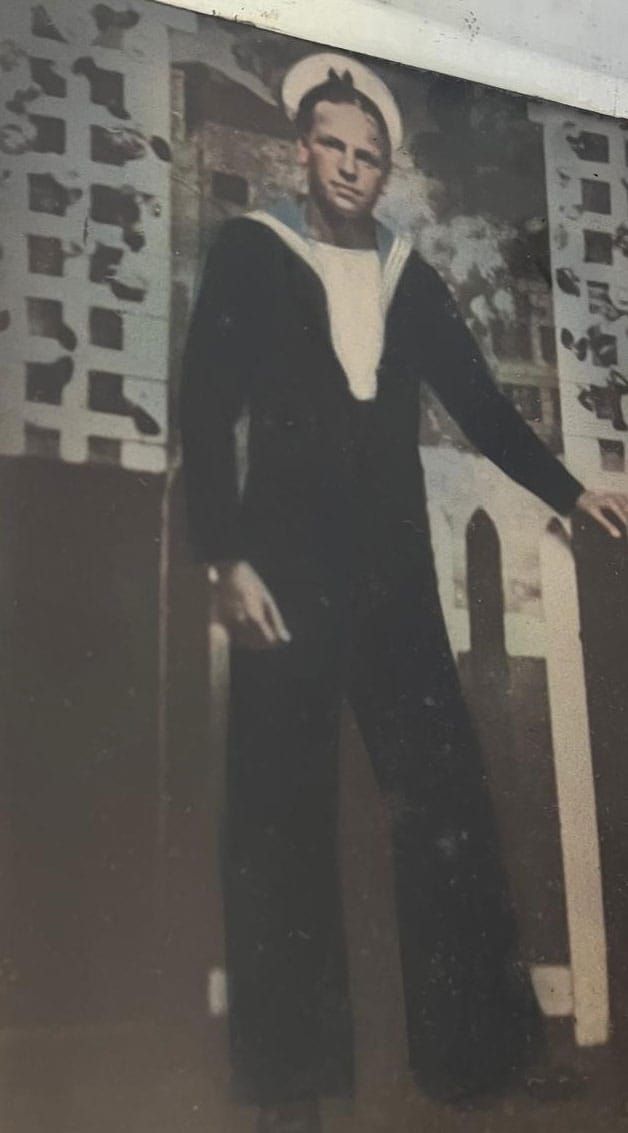
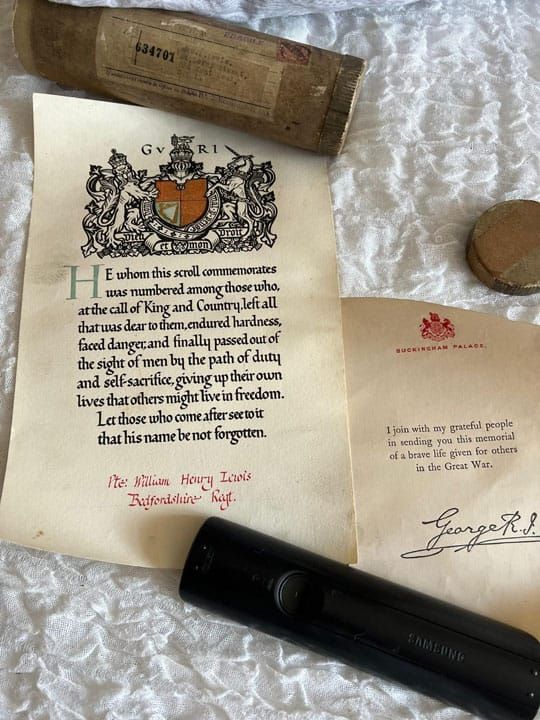
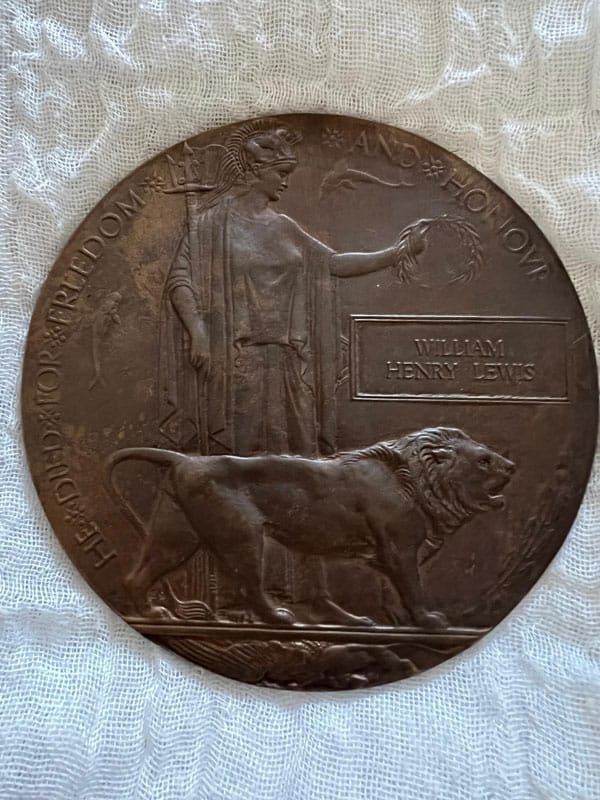


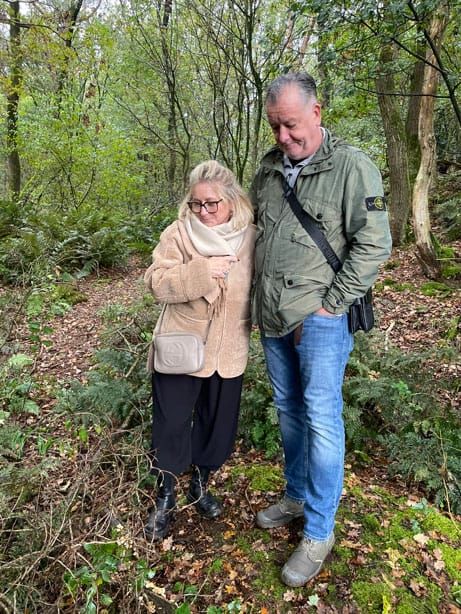
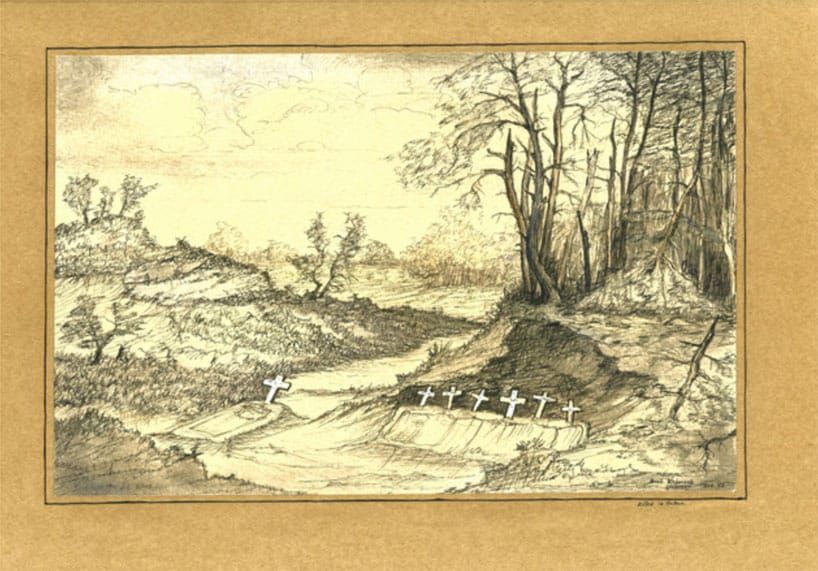

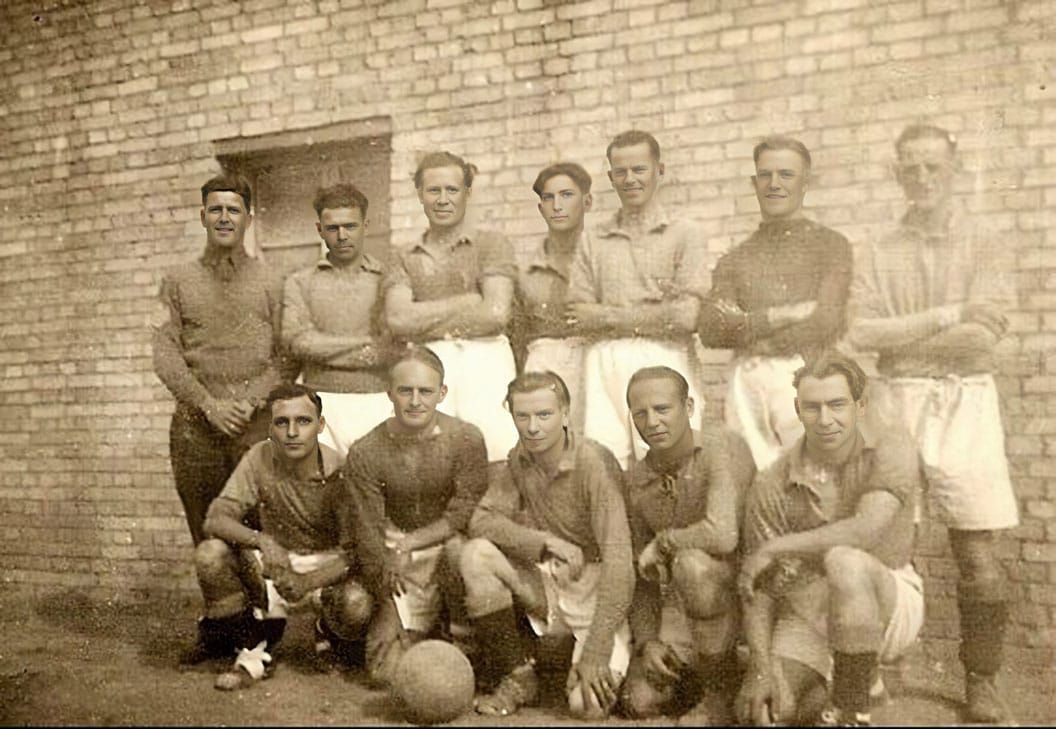

Football teams
Composition football team Royal Ulster Rifles
Rfm. Robinson, Rfm. Sleafer, Sgt. Hammersley, Capt. Alexander, Sgt.-Inst. Bell, Rfm. Ferrie, Sgt. Rafelli, Rem. Worton, Rfm. Pearce, Lt. Rapkins, Lc. Nesbitt
Composition football team VIOS I Beers
M. Huberts, A. Thijssen, M. Terburg, G. Derks, A. Cuppen, N. Peters, A. v.d. Lockant, M. Derks, H. Kerstens, H. Ebben, R. Hermanussen Capt.
Sources and credits
From FindMyPast website: Civil and Parish Birth, Marriage and Death Records; England Census and 1939 Register Records; Electoral Rolls; Military Records; British Newspaper Archive
Wikipedia 2nd Bn Royal Ulster Rifles
Traces of War – 2nd Bn Royal Ulster Rifles War Diary
2nd Battalion Royal Ulster Rifles in WW2: (royal-ulster-rifles-ww2.blogspot.com)
Photos and information from Donna Dale, William’s niece.
Photos and information football match in Beers, Anny Huberts
Research Elaine Gathercole
